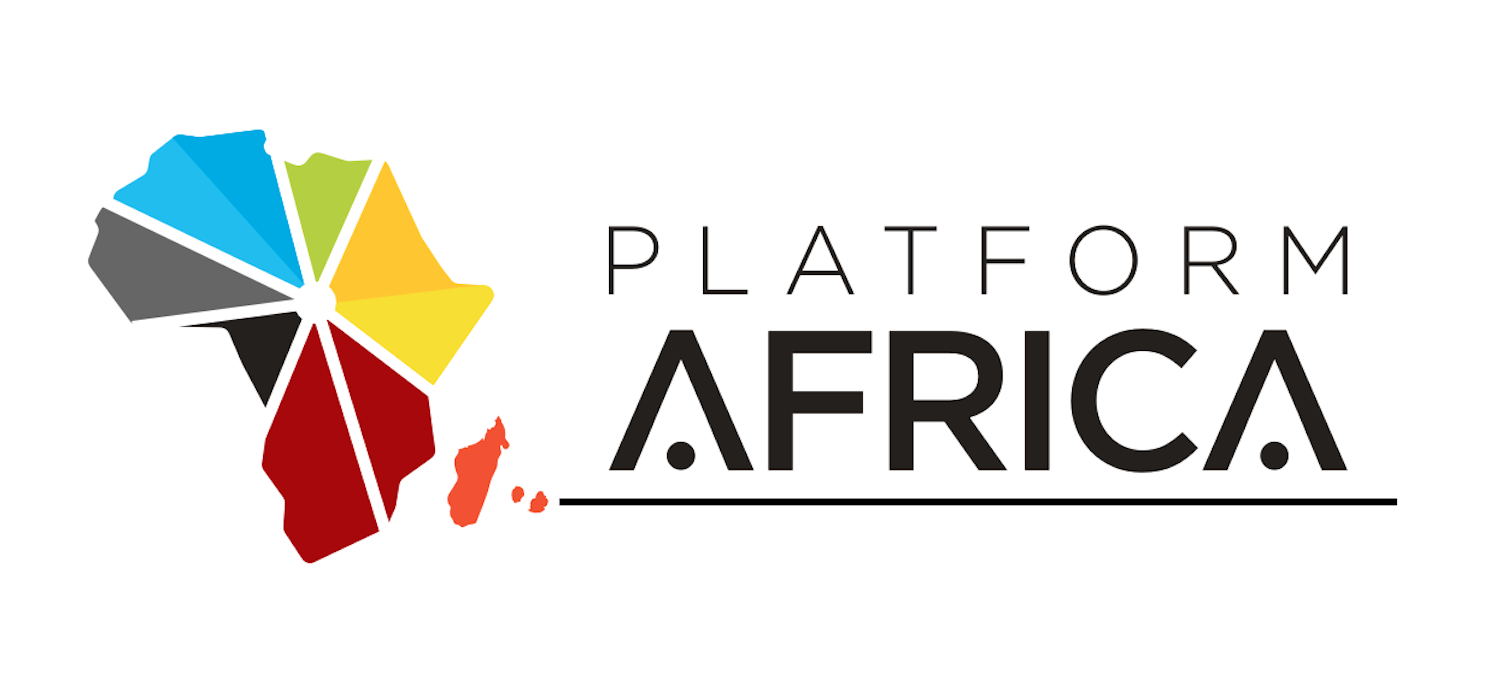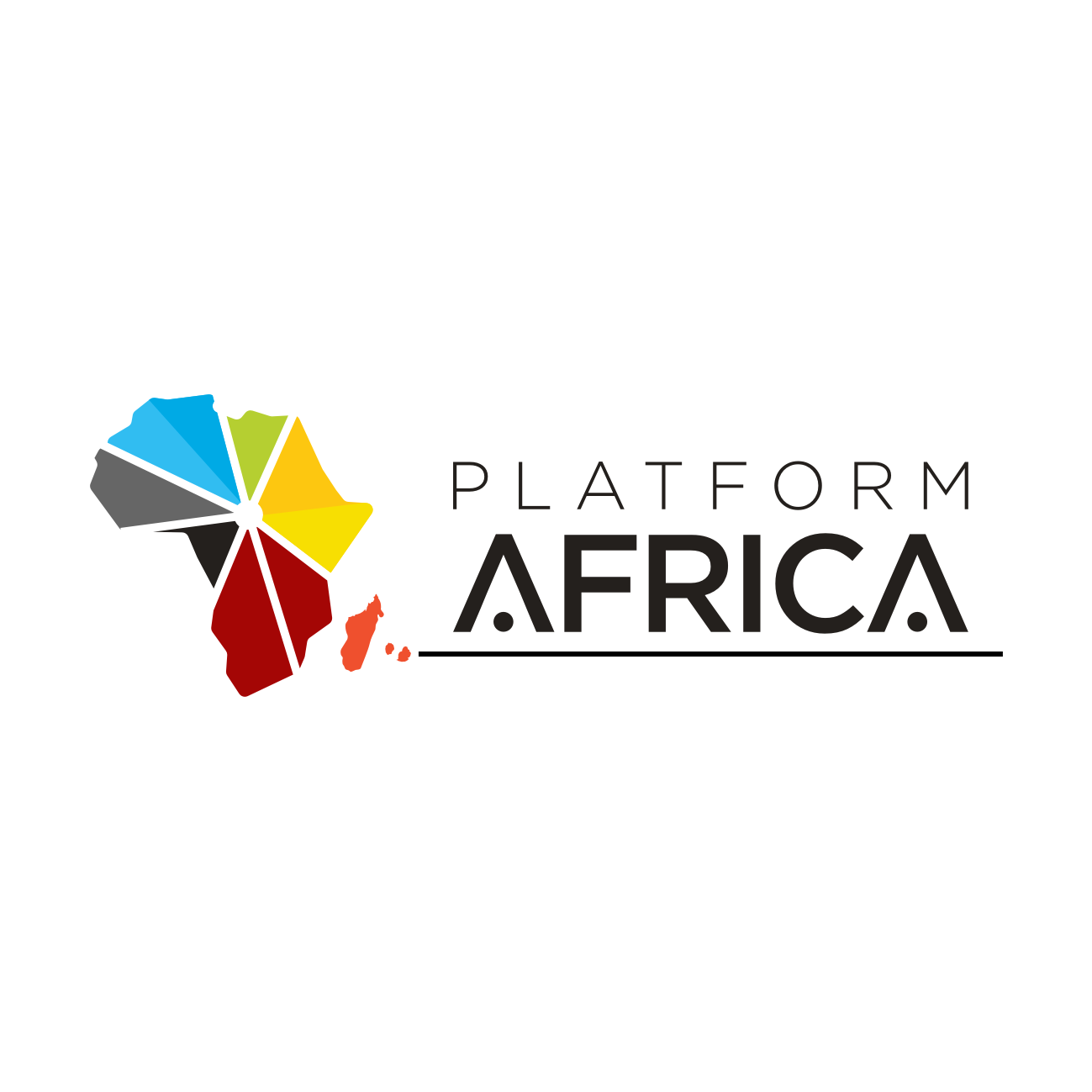By Reneska Moodley
We delve into the transformative era known as the Age of Asia, a time marked by the rise of powerful economies such as China and India, and the robust development of East Asian nations. At the heart of this dynamic region lies the ten-member ASEAN bloc, whose significance extends far beyond its borders, influencing the global economy. To explore how the Age of Asia translates to the Age of ASEAN, Aparna Bharadwaj, Managing Director and Partner at Boston Consulting Group, had the privilege of speaking with His Excellency Deputy Secretary General of ASEAN, Satvinder Singh.
Welcoming us with insightful perspectives, DSG Satvinder Singh emphasised the critical juncture at which ASEAN finds itself. “We are at an inflection point where global economies are keenly observing ASEAN’s progress. With a population of 660 million, predominantly young, and abundant natural resources, our region is not only a significant carbon sink but also a burgeoning economic powerhouse,” he stated. Highlighting ASEAN’s strong economic growth over the past two decades, Singh noted that the region has become one of the largest recipients of Foreign Direct Investment (FDI) in the developing world, even surpassing China in recent years.

The discussion shed light on the stable economic foundations and political commitment across ASEAN countries. “The stability in ASEAN is unique. Regardless of the ruling party, the leaders share a unified goal of economic growth to improve the lives of their people,” Singh explained. This commitment, combined with the region’s proactive approach to digital transformation and decarbonisation, positions ASEAN at the forefront of global economic relevance.
One of the most ambitious initiatives discussed was the Digital Economic Framework Agreement (DEFA). Set to be signed by 2025, DEFA aims to integrate ASEAN’s digital economy, facilitating seamless data and payment flows, harmonising digital identities, and fostering digital trade. “DEFA represents our commitment to digital integration, which is vital for our next phase of economic growth,” Singh remarked. He highlighted that the agreement, which has been in negotiations since December last year, promises to accelerate economic growth beyond the projected $1 trillion increase by 2030.
The development of DEFA involved extensive collaboration and data analysis, ensuring that the agreement addresses the needs of all ASEAN member states, from the most developed to the least developed. “We partnered with BCG to gather data and insights, ensuring that DEFA is practical and beneficial for all. The private sector’s input was crucial, as we needed to align the agreement with the expectations and needs of local and global players operating in our region,” Singh elaborated.

The cornerstone of DEFA lies in the e-commerce space, poised to be a significant growth engine for ASEAN in the coming years. “DEFA will allow us to tackle the challenges of e-commerce trade across borders, creating a unified and robust digital marketplace,” Singh said. He expressed confidence that the agreement would not only enhance economic growth but also position ASEAN as a leader in global digital integration.
In conclusion, the Age of ASEAN is characterised by strategic initiatives, robust economic foundations, and a unified vision for the future. As ASEAN embraces digital transformation and sustainability, it stands ready to navigate the challenges and seize the opportunities of this dynamic era. The region’s commitment to inclusive growth and innovation promises a brighter future for its people and a significant impact on the global economy.




